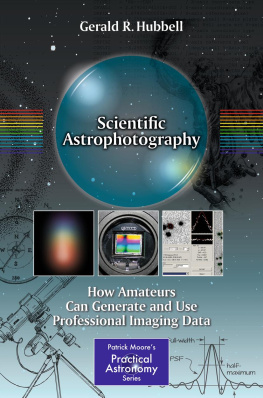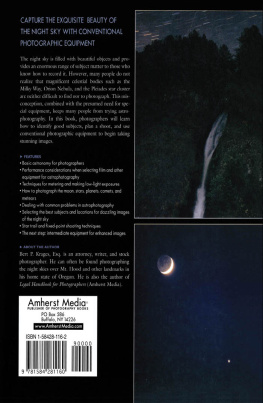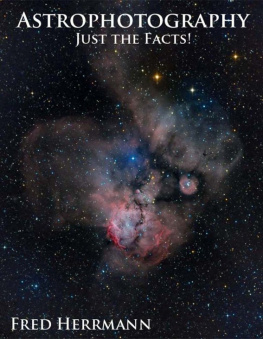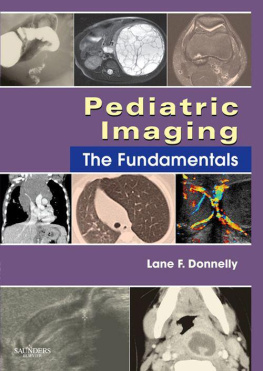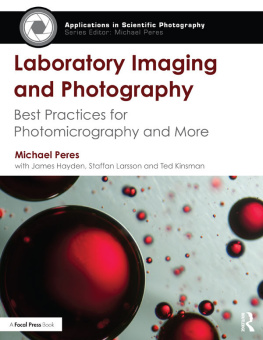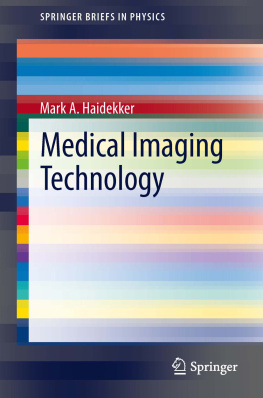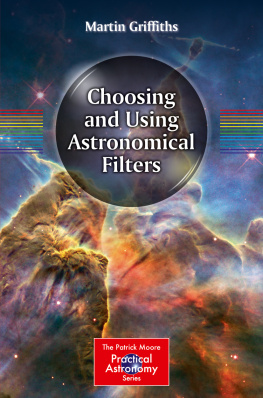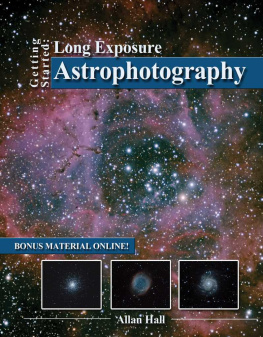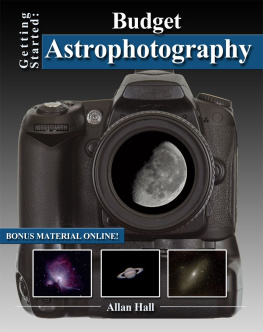Gerald R. Hubbell Patrick Moore's Practical Astronomy Series Scientific Astrophotography 2013 How Amateurs Can Generate and Use Professional Imaging Data 10.1007/978-1-4614-5173-0_1 Springer Science+Business Media New York 2013
1. An Introduction to Scientific Astrophotography
1.1 Book Organization and Purpose
This book is designed and organized to be used as a workbook. It contains material both for obtaining knowledge and for learning and demonstrating skills. Optimally, you, the reader, will have or acquire the support of a mentor who has some experience and knowledge of the material and techniques in the book. This workbook approach is likely unique compared with what is generally available in the astronomy book market. This book provides not only a concise and accurate description of the topics and ideas necessary for effectively learning scientific astrophotography, but also a detailed and technically accurate set of step-by-step instructions that allows you to practice your astrophotography skills. The approach to presenting this material is based in part on my experience, over more than 30 years, in attending dozens of initial and continuing training sessions in the nuclear industry on various plant mechanical, electrical, and instrumentation systems. It is also based on what I have experienced reading many thick books on hardware and software use, design, and engineering.
Although this book takes a technically challenging and methodical approach to presenting the information, that information is broken up into small, easy-to-swallow bites. This allows you to easily digest and work through the material. Supporting this approach is the organization of the information and suggested reading. The amount of information presented, and the order in which it is presented, will enable you to reach each succeeding milestone, providing a path to success strewn with your images and data that you will be proud to show off to your friends and family, and present to your colleagues in the professional world.
This book contains 16 chapters, split into three parts that present material to help you acquire knowledge, learn skills, and record your understanding of astrophotography. Part I presents the details of the Astronomical Imaging System (AIS), delving into how to define requirements for your AIS based on your personal observing program goals. Next is a detailed discussion of the factors that characterize a cost-effective, and efficient AIS, and why you can expect a specific level of performance from the equipment choices you make. You also learn how to make design choices rooted in the way things actually work, not the way you think, or wish, they would work.
Part II discusses how to integrate and operate the AIS as designed and introduces the Field Practical Exercises (FPE). The FPEs are intended to expand on the practical considerations of the theoretical material presented in the first part of the book. They are presented in a very specific format to maintain a level of discipline and quality, and allow you to understand the impact of individual factors involved in astrophotography. The goal is not to bore you with every tiny minutia of astro-imaging. Rather, the goal is to give you the necessary information to build your skills and knowledge in a very methodical way to minimize the frustration level associated with a trial and error approach to learning astrophotography. Another goal is to maximize your success in demonstrating each FPE before moving on to more difficult material. Sections of each chapter present the derivation of the ideas necessary to give you the knowledge to troubleshoot problems with the AIS that may arise. A deep, fundamental knowledge of how things work and why things are the way they are will reduce the frustration level in solving problems.
By building on previously mastered skills and knowledge presented in the earlier chapters, you can progress to the higher levels of quality and difficulty in a straightforward, linear fashion. If you have a mentor to facilitate the use of this material and supplement your training, it would be most beneficial if that mentor works with you in the field at the telescope. The mentor should also provide a peer check on your work to ensure you accomplish each milestone before moving on to the next level (see Appendix FPE Training Syllabus.) Your mentor should strive to coach you on the correct use of the terms, equations, and equipment, and help you understand the relationship between the specific topic and the higher-level goal. This, again, contributes to minimizing frustration and maximizing your success in realizing your goals in scientific astrophotography.
In Part III , you begin to learn how to process the raw data acquired in the field and make measurements using techniques used throughout the astronomical scientific community. You learn the basis of these measurement techniques and how they have developed over the years. You also learn how to use the various professionallevel databases and software tools available to the amateur astronomer. Part III also introduces you to the various organizations dedicated to recording amateur observations for use by professionals throughout the world.
One of the overall lessons this book should teach is that as you progress in your skills and knowledge, you will use more and more of your equipments capabilities. It is important to understand the limits of your equipment and be able to balance the performance level of that equipment with your skills, knowledge, and expectations. Expectations play a major role in your feelings of satisfaction and accomplishment. The only way you can set realistic expectations is to fully understand the capabilities of your equipment and yourself. One of the side benefits, or some would say issues, with newfound skills and knowledge, is that you may reach the performance limits of your equipment. This forces you to contemplate upgrades that will eat into your disposable income. Coming to grips with how to balance budget, equipment performance, skills, and knowledge is not only required in your own personal observing program, but is also fundamental to running a large professional observatory. When practicing your skills to the best of your ability, you can find and fund the equipment that gives you the most bang for your buck. This also gives you the high-quality imaging you are striving for to meet your observing program requirements.
Another lesson this book teaches is that the skills and knowledge presented apply equally no matter what the size of your telescope, the capabilities of your mount, the type or expense of your CCD camera, or your overall budget for astronomy. The skills and knowledge you demonstrate as a result of completing the work presented in this book will be similar to those acquired and practiced by undergraduate and graduate level astronomy students. This approach is analogous to the way training is obtained by professional Air Transport Pilots (ATP). These pilots start out as student pilots; progress through private, instrument, commercial, and instructor ratings; and then finally complete their ATP training. The skills and knowledge from each lower level apply to each succeeding level. This training, fleshed out with years of experience, gives the professional the necessary wisdom and judgment to fly safely anywhere in the world. It is the same with amateur astronomersthey use the same or similar knowledge, skills, software, and equipment as professionals do to provide the same level of quality data used at universities around the world. All this is available to you today in this golden age of amateur astronomy.

